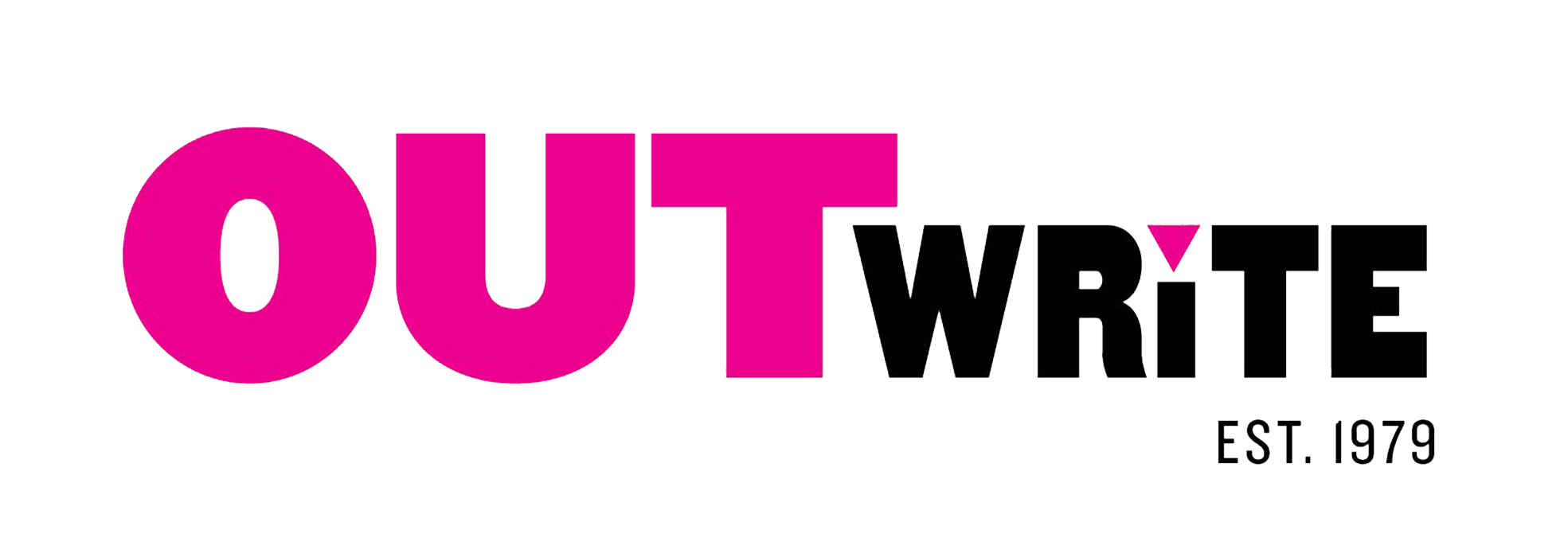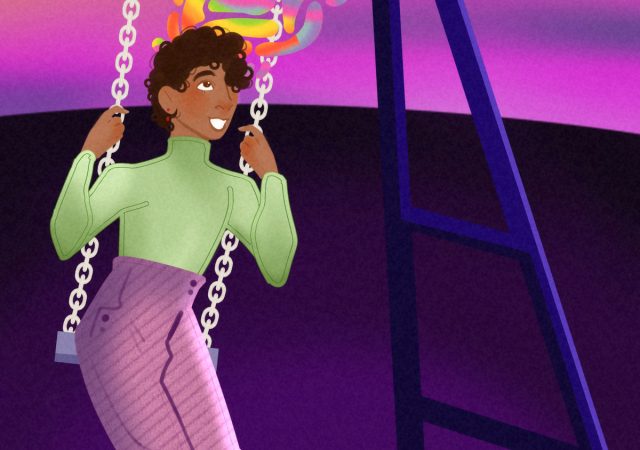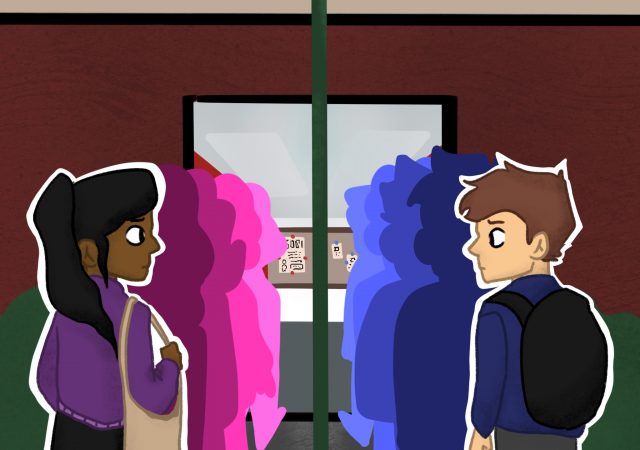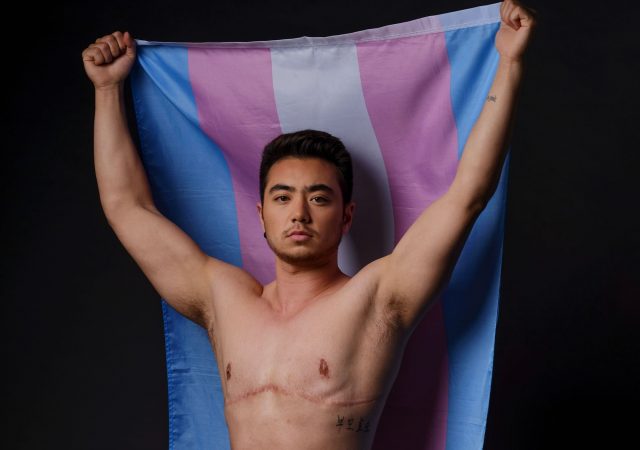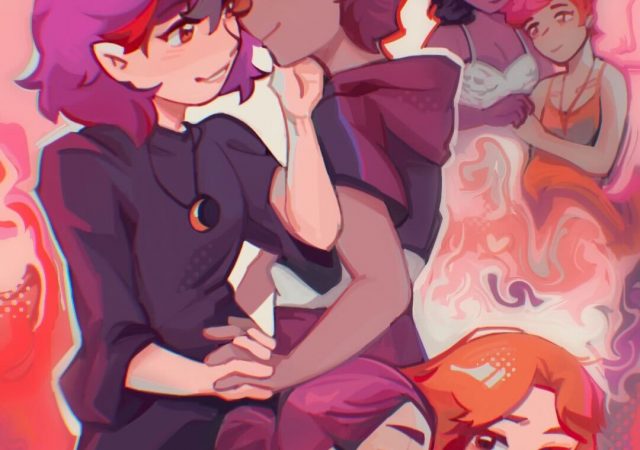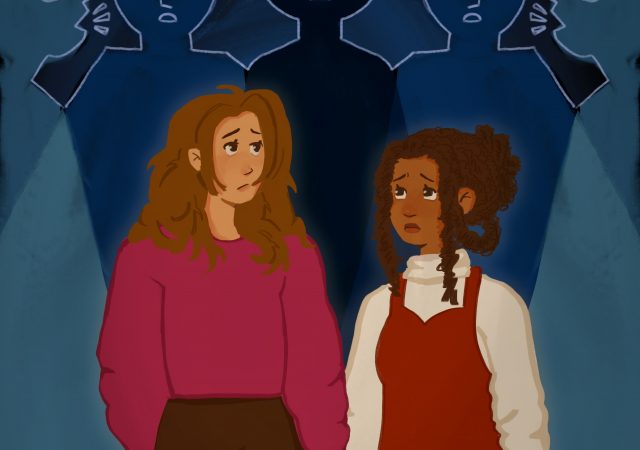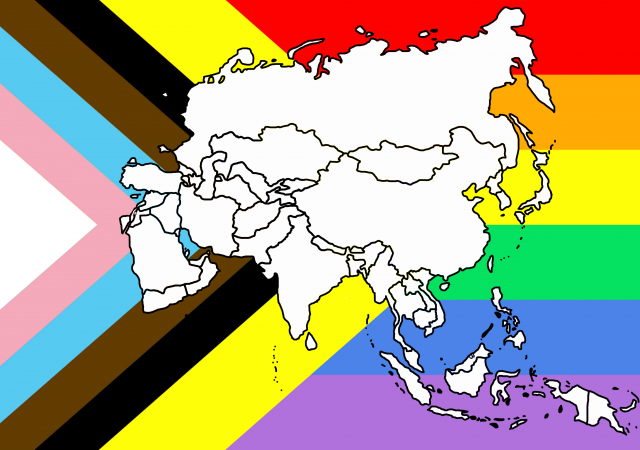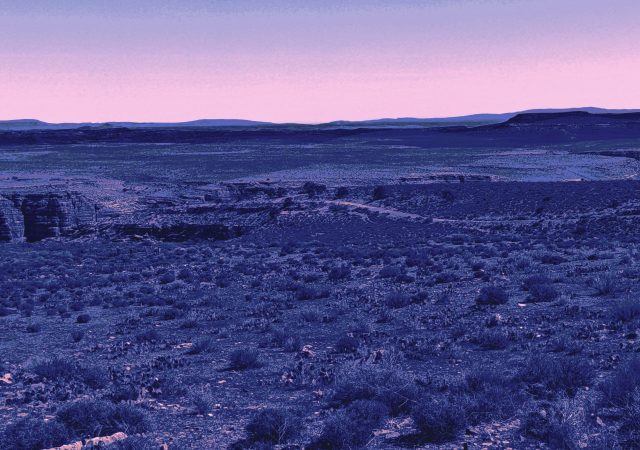On Oct. 31, 2022, Kit Conner, one of the stars of Netflix’s “Heartstopper,” took to Twitter to announce his bisexuality. He wrote, “back for a minute. i’m bi. congrats for forcing an 18 year old to out himself. i think some of you missed the point of the show. bye.” Fans of the show were quick to reply with messages of support. Many of the replies empathized with him, as viewers were upset that he was forced to relinquish parts of his private life after facing accusations of “queerbaiting” when he was spotted with a girl around his age.
Trans Awareness Week 2022: Our Experiences
In honor of Trans Awareness Week, we asked our staff to share their experiences with being a part of the trans/nonbinary community.
Subverting the Queer Coming-of-Age Film: A Review of “When Men Were Men”
“When Men Were Men” follows a young transmasculine person grappling with his existence in his rural Irish Catholic hometown.
National Center for Transgender Equality Announces Launch Date for 2022 U.S. Trans Survey
The National Center for Transgender Equality (NCTE) recently announced that the 2022 U.S. Trans Survey (also known as the USTS) is set to launch on October 19th.
Hair: Chronicling My Journey to Queer Joy
The hardest part about being a Brown person who was socialized as a girl was enduring the constant jabs about my hair. I hit puberty at 9, which meant that there were years and years of constant insecurity about my hair. It was too much, too messy, and there was always hair in all the wrong places. The hair on my head was beautiful, thick, and long, but the hair on my body was ugly, thick, and wrong. As a Brown person, my facial and body hair were always under scrutiny, especially because my hair grew at faster rates (and was much thicker) than my other peers. I was tormented for my Frida Kahlo-like brows, for my arms that looked like a werewolf’s, for my body not being up to par with white, cishet beauty standards. One time, my aunt cruelly joked that she was going to gift me money for laser hair removal because the hair on my arms was too much for her.
A Revisit
In July 2021, I decided to revisit my childhood school, Eisenhower Elementary. I decided to go because I had felt so many emotions from the culmination of so many situations, relationships, experiences, and lessons, and I was left with this feeling like I was losing myself. I had recently discovered I was attending UCLA, and much of what was tying me back to the Bay Area was slowly dissipating. The days felt like a blur, like reading the pages in a book and realizing you’ve made it to the end of a chapter and you remember nothing. The sense of liminality and being in a transition plagued me. I was looking for definition from the abstract, something concrete from the abyss.
Growing Together
My dad was, at best, very uncomfortable with queerness before I came out to him. For him, this discomfort stemmed from two prominent aspects of Latino culture: Christianity and machismo. Today, 77% of Latinos in the United States identify as Christian, and traditionally, Christianity has rejected queer people (with some exceptions of more progressive Christian denominations; however, these branches are not predominant in Latino culture).
Do Progressive High Schools Facilitate Queer Joy?
In the fall, I discussed how internalized homophobia produced complicated feelings about my old middle school’s increasingly progressive attitudes towards queer identities and rising numbers of “out” queer students. I unpacked my slight resentment toward those queer students, who seem to have an easier time exploring their queer identities out in the open since they exist in a less oppressive environment.
